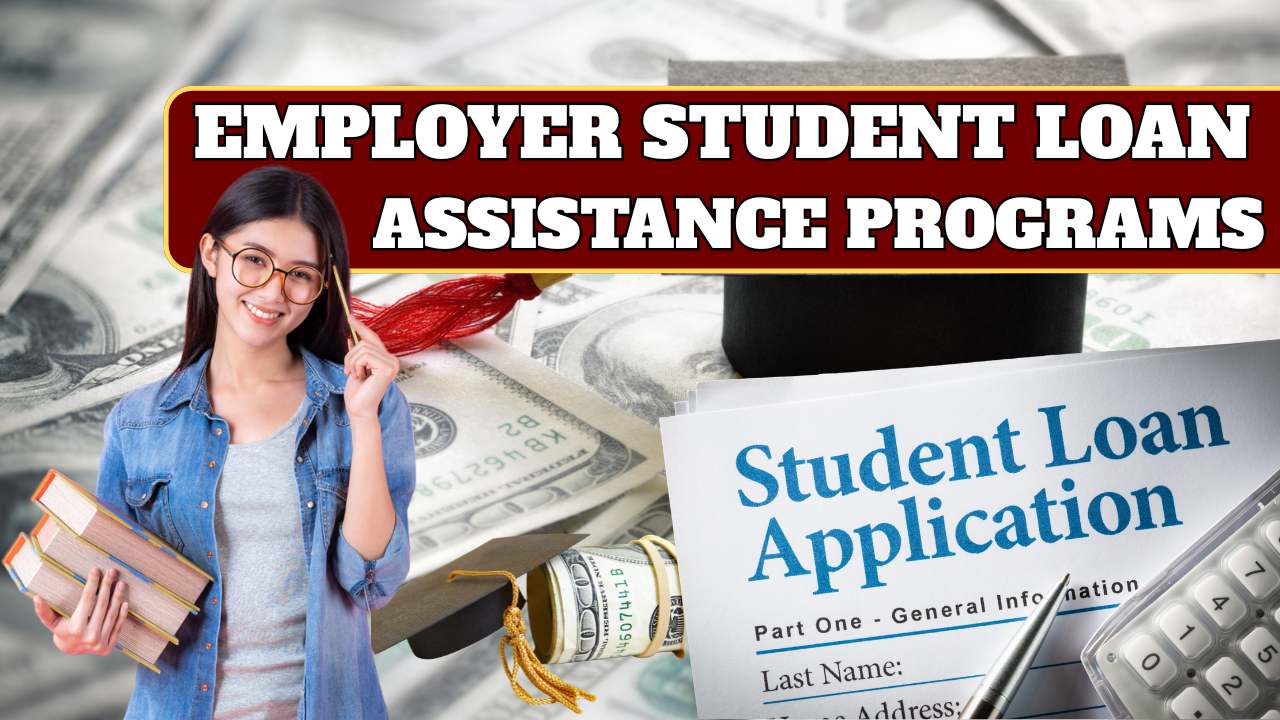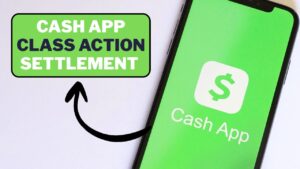Join on WhatsApp
Get the latest updates directly on WhatsApp – motivation, news & more!
Student loans have long been one of the biggest money headaches for Americans—especially for younger workers trying to balance rent, bills, and the weight of college debt. But a quiet financial perk is gaining momentum in 2025: Employer Student Loan Assistance Programs. These programs let companies directly help employees pay off student debt, often tax-free, under a temporary federal law that’s reshaping workplace benefits.
For millions struggling with repayments, this isn’t just a perk—it’s a lifeline.
Employer Student Loan Assistance Programs 2025: The Big Picture
Under Section 127 of the Internal Revenue Code, employers can provide up to $5,250 per employee per year toward educational costs or student loan repayments—completely tax-free through 2025. The program falls under the broader Employer Educational Assistance Program (EAP), originally designed to help workers pay for tuition, books, and training.
But since the CARES Act of 2020, the law has temporarily expanded to include student loan repayment—a benefit that’s been renewed each year through December 31, 2025 (IRS reference).
In plain terms, your boss can now chip in to pay down your student loans—and neither you nor your employer will owe taxes on it.
IRS.gov Employer Educational Assistance Program 2025 – Quick Facts
| Detail | Information |
|---|---|
| Program Name | Employer Student Loan Assistance / Educational Assistance Program |
| Year | 2025 |
| Administered By | U.S. Department of the Treasury / IRS |
| Covered Under | Section 127, Internal Revenue Code |
| Annual Tax-Free Limit | $5,250 per employee |
| Eligible Expenses | Tuition, fees, books, supplies, student loan principal + interest |
| Program Validity | Through December 31, 2025 |
| Beneficiaries | Employees (full-time, part-time, or on leave) |
| Employer Contribution | Employer-funded only |
| Payment Options | Direct payments to lender or reimbursement to employee |
| Official Source | irs.gov |
How the Employer Student Loan Assistance Program Works
Think of this as a workplace scholarship with a twist. Employers can design a written plan outlining who qualifies and what costs are covered. Once approved, they can either:
- Pay the employee’s lender directly to reduce the outstanding balance, or
- Reimburse the employee for eligible educational expenses.
The total amount—up to $5,250 per year—is excluded from both federal income and payroll taxes. Anything above that is treated as taxable wages.
Who Qualifies
The rules are intentionally broad, allowing companies to extend this benefit beyond just full-time staff. Eligible individuals may include:
- Current employees (full- or part-time)
- Retired or disabled workers
- Employees on leave or temporarily laid off
- Recently rehired staff under the same employer
Employers must provide reasonable notice about the program and ensure that it’s offered on a nondiscriminatory basis, meaning all eligible workers have fair access.
What’s Covered
Under Section 127, the following expenses qualify for tax-free employer assistance:
| Category | Examples |
|---|---|
| Education Costs | Tuition, books, fees, lab supplies, and equipment |
| Loan Repayment | Principal and interest on qualified student loans |
| Training or Certifications | Job-related courses and continuing education |
| Dependent Education (optional) | Some employers extend benefits toward employees’ children’s education costs (if included in plan) |
This flexibility makes the program a double win—it helps both current students and graduates with lingering debt.
Benefits for Employees
The appeal for workers is obvious: less debt, fewer years of repayment, and zero tax hit on the employer’s contribution.
Key perks include:
- Up to $5,250 per year of employer-provided assistance is not taxed as income.
- Payments go directly toward principal or interest—helping shrink loans faster.
- You can combine this with other repayment strategies (like income-driven repayment).
- In some companies, tuition and loan support are bundled into a single educational benefit.
For someone with a $30,000 loan balance, even a modest $250 monthly employer contribution could shorten repayment by nearly five years and save thousands in interest.
Benefits for Employers
Businesses aren’t doing this just out of kindness—it’s also smart economics.
1. Recruiting Advantage
Younger workers burdened by student loans increasingly look for employers offering repayment help. In a tight labor market, that’s a major differentiator.
2. Higher Productivity
Employees with less financial stress are more focused and loyal, reducing turnover and absenteeism.
3. Tax Deductions
Employers can deduct their contributions as a business expense, just like other compensation or benefits.
4. Retention Power
Many companies tie assistance to service years—rewarding long-term employees while reducing churn.
A 2024 Society for Human Resource Management (SHRM) survey found that roughly 48% of large U.S. employers either offer or plan to offer student loan repayment assistance by 2026.
Rules and Requirements
Here’s a simplified rundown of IRS compliance criteria for 2025:
- Written Plan: Employers must create a documented plan detailing eligibility, benefit caps, and payment procedures.
- Annual Cap: $5,250 per employee, per year, tax-free. Anything beyond that counts as taxable income.
- No “Double Dipping”: Employers can’t claim other education-related credits (like tuition deduction) on top of this benefit.
- Reporting: Employers should keep records of payments for IRS verification.
- Deadline: Program provisions remain valid through December 31, 2025, unless Congress extends them again.
Example: How It Works in Real Life
Let’s say Emma owes $28,000 in student loans. Her employer, a tech firm, offers a repayment benefit of $300 per month under Section 127.
- Annual employer contribution: $3,600
- Taxable impact: $0 (since under $5,250 limit)
- Loan repayment timeline: cut by roughly 3 years
- Interest saved: about $4,800 over time
Emma’s employer also deducts the $3,600 as a business expense. Everyone wins.
Fact Check
- Verified Source: The benefit is legal under Section 127 of the Internal Revenue Code, extended by Congress through December 31, 2025.
- Administered by: U.S. Department of the Treasury and Internal Revenue Service (IRS Educational Assistance page).
- Tax-Free Cap: $5,250 annually, per employee.
- No state-specific limits, but employers must meet federal reporting and plan-writing requirements.
- Future outlook: Lawmakers have discussed extending or making the provision permanent beyond 2025, but no final vote has occurred as of late 2025.
Wrap-Up
The Employer Student Loan Assistance Program is more than a temporary tax perk—it’s a bridge between education and employment that helps both sides thrive. For employees, it’s a faster path out of debt; for employers, it’s a strategic tool for retention and recruitment in a tight labor market.
With the clock ticking toward the program’s December 2025 expiration, it’s worth checking whether your company offers this benefit—or asking your HR department to consider it. Because when it comes to paying down student debt, every dollar—and every partnership—counts.
FAQs
How much can my employer pay toward my student loans tax-free in 2025?
Up to $5,250 per year, per employee, under Section 127 of the IRS Code.
Does this benefit end after 2025?
Yes, unless Congress renews it. The current authorization expires December 31, 2025.
Can my employer pay both tuition and loan repayments?
Yes. Employers can apply the $5,250 cap across any combination of eligible education and loan repayment expenses.
Do I need to report this on my tax return?
No. Qualified assistance under Section 127 is not taxable income and does not need to be reported as wages.
Can small businesses offer this benefit too?
Absolutely. Any employer—large or small—can establish a written plan and offer the same tax-free benefit to employees.




